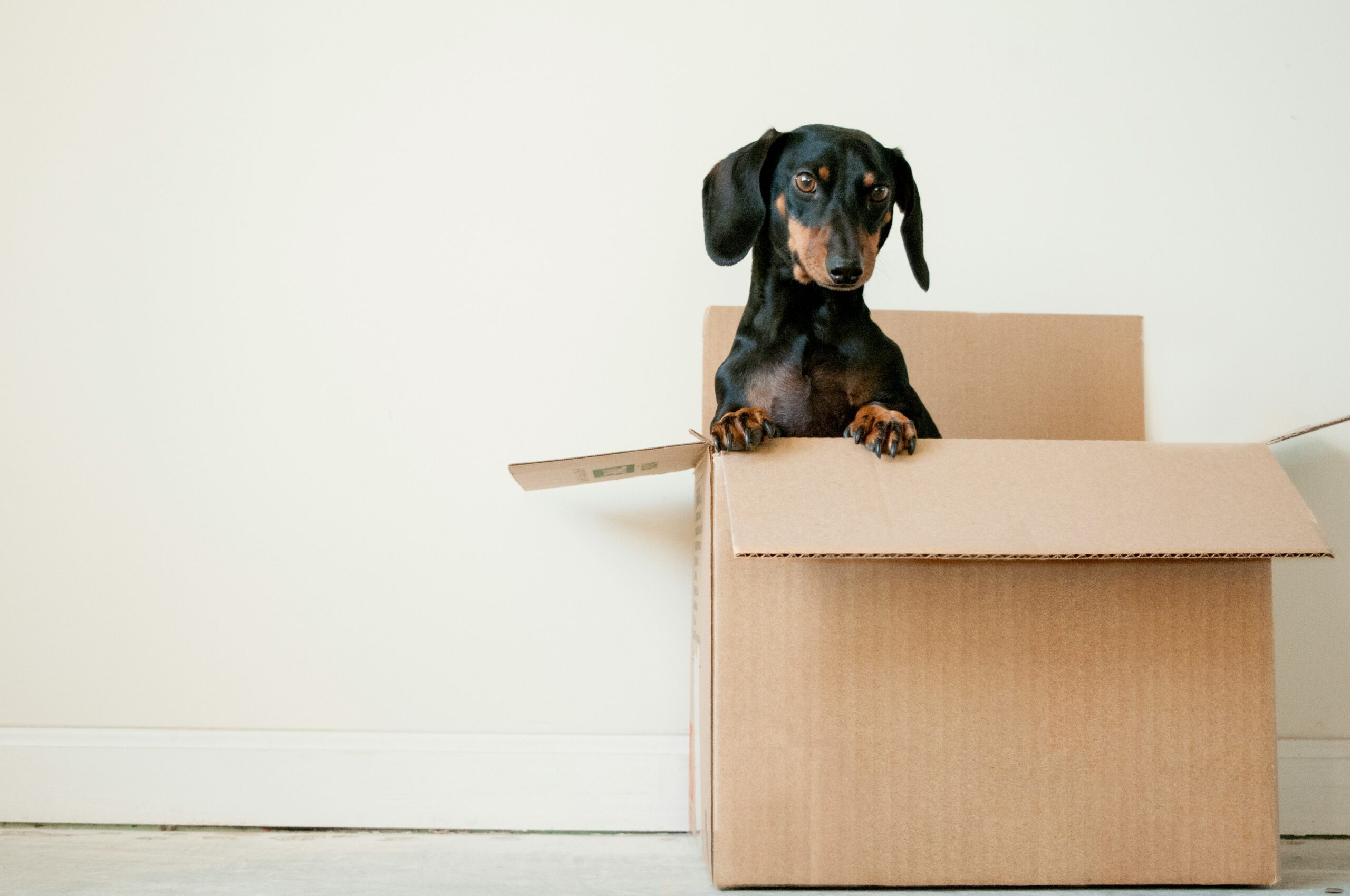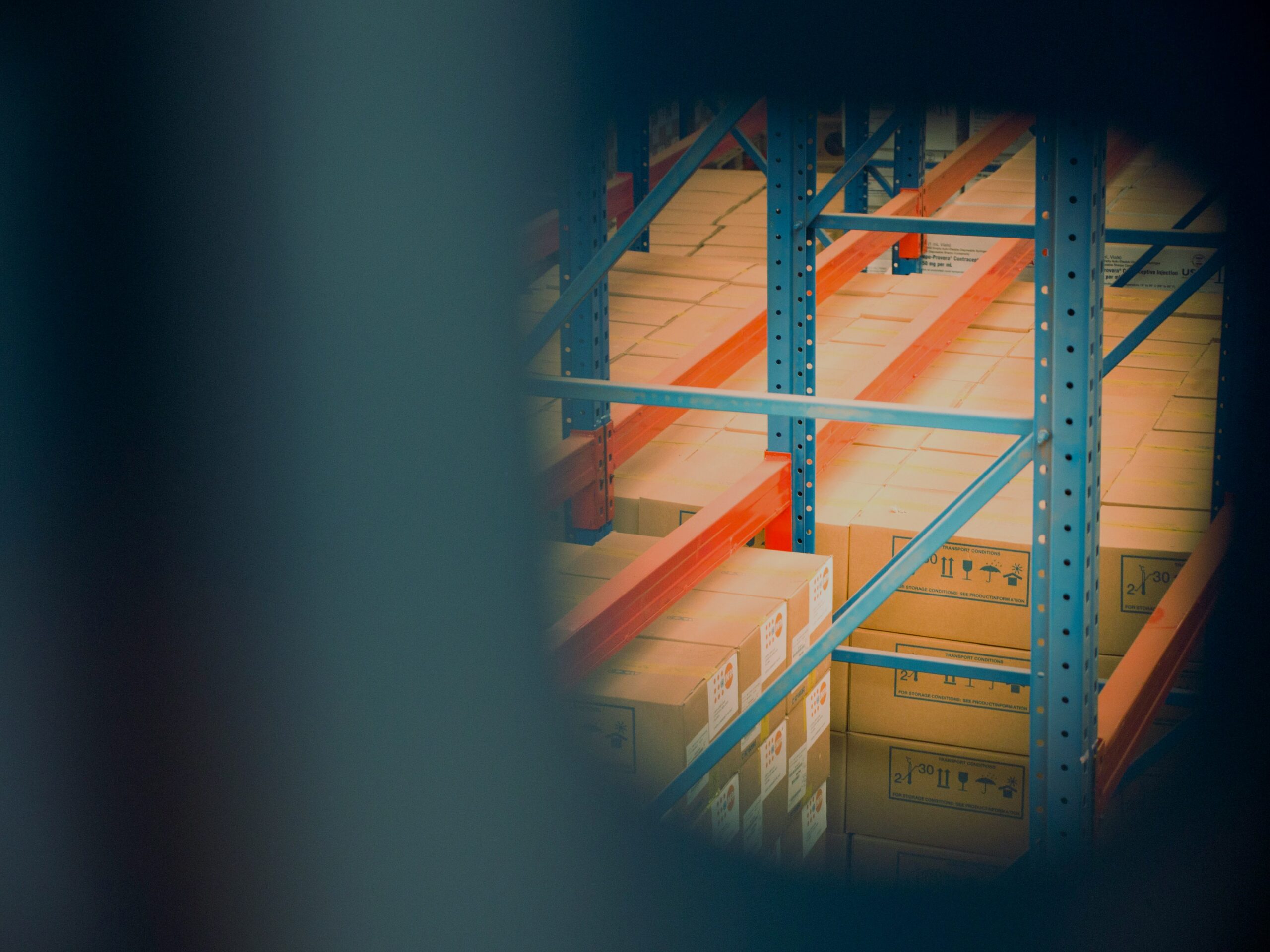The Importance of Creating a Start to Finish Timeline for Your Move
When it comes to moving, time management is critical.
Creating a start-to-finish timeline allows you to break down the moving process into manageable tasks, ensuring that nothing falls through the cracks. The timeline serves as a roadmap, guiding you through each step of the move and helping you stay on track.
First and foremost, your start-to-finish timeline should include a detailed plan for packing. This includes determining when to start packing, what items to pack first, and how to label and organize your boxes. By breaking down the packing process into smaller tasks and assigning specific deadlines, you can avoid the last-minute rush and ensure everything is packed and ready for moving day.
In addition to packing, your timeline should include important tasks such as notifying utility companies of your move, updating your address with the post office and other relevant parties, and scheduling any necessary repairs or maintenance for your current or new home. By including these tasks in your timeline, you can ensure that all the required arrangements are made well in advance, minimizing any last-minute stress or complications.
Another essential aspect to consider when creating your start-to-finish timeline is the logistics of the actual move. This includes scheduling movers or renting a moving truck and determining the best route and time of day to move. By including these details in your timeline, you can avoid scheduling conflicts and ensure everything runs smoothly on moving days.
Furthermore, a start-to-finish timeline can help you allocate your time and resources more effectively. By breaking down the move into smaller tasks and assigning specific deadlines, you can prioritize your time and focus on what needs to be done first. This can help prevent procrastination and ensure you stay on track throughout the moving process.
Creating a start-to-finish timeline for your move is essential for a smooth and successful transition. It provides structure, organization, and peace of mind, allowing you to tackle each task confidently. So, before you embark on your next move, take the time to create a detailed timeline. Your future self will thank you!
1. Pre-Move Preparation
The first step in creating a start-to-finish timeline is to outline all the pre-move preparations needed. This includes tasks such as:
- Researching moving companies and obtaining quotes
- Decluttering and organizing your belongings
- Packing non-essential items
- Notifying utilities and changing your address
By including these tasks in your timeline, you can allocate specific timeframes for each task and ensure that you stay on track.
Researching moving companies and obtaining quotes is an essential part of the pre-move preparation process. You must research multiple moving companies to compare their services and prices. This will help you find a reputable, reliable moving company that fits your budget. Obtaining quotes from different companies will also allow you to estimate the cost of your move and plan your budget accordingly.
Decluttering and organizing your belongings is another crucial task that should be included in your timeline. Before packing, it is recommended to go through all your belongings and decide what you want to keep, donate, or discard. This will help you reduce the number of items you need to move and make the packing process more efficient. Organizing your belongings into categories or rooms will simplify the packing process and make unpacking at your new home easier.
Packing non-essential items is a task that can be done in advance to save time closer to the moving day. Non-essential items such as seasonal clothing, decor, or rarely used appliances can be packed beforehand. This will help you stay organized and reduce the stress of last-minute packing.
Notifying utilities and changing your address is essential to ensure a smooth transition to your new home. It is crucial to contact your utility providers, such as electricity, gas, water, internet, and cable, to schedule the disconnection and reconnection of services. Additionally, updating your address with the post office, banks, insurance companies, and other relevant institutions will ensure you receive your mail and important documents at your new address.
You can effectively plan and manage your move by including these pre-move preparations in your timeline. Allocating specific timeframes for each task will help you stay organized, reduce stress, and ensure a successful and smooth transition to your new home.
2. Packing and Labeling
Packing is often the most time-consuming part of the moving process. Creating a detailed packing and labeling plan is essential to ensure a smooth transition. Here are some key elements to consider:
- Create an inventory of all your belongings: Before you start packing, take the time to create a comprehensive inventory. This will not only help you keep track of your items but also assist you in determining the number and size of boxes you will need. You can use a spreadsheet or a moving app to make this process easier.
- Gather necessary packing supplies: Once your inventory is ready, it’s time to gather all the essential supplies. This includes sturdy cardboard boxes in various sizes, packing tape, bubble wrap, packing peanuts, markers, and labels. Having all the supplies before packing will save you time and prevent interruptions.
- Pack room by room, labeling each box with its contents and destination: To maintain organization throughout the move, it is best to pack room by room. Start with one room, carefully wrapping and packing each item before moving on to the next. As you pack, label each box with its contents and destination. This will make it easier for you and your movers to know where each box should go in your new home, saving you time and effort during unpacking.
- Set aside essentials that you will need immediately upon arrival: When packing, it’s important to set aside a separate box or bag for essentials that you will need immediately upon arrival at your new home. This can include toiletries, a change of clothes, important documents, and any other items you may need before you can fully unpack. Label this box as “Open First” or “Essentials” to ensure easy access when you arrive.
By including these tasks in your timeline, you can pace yourself and avoid the last-minute rush that often leads to disorganization and stress. Proper packing and labeling will make the moving process more efficient and make it easier for you to settle into your new home smoothly.
Furthermore, when labeling your boxes, consider using a color-coded system to make it even easier to identify the contents of each box. For example, you can assign a specific color to each room and use colored labels or markers to indicate which room each box belongs to. This will save you time and effort when unpacking, as you can quickly identify which boxes should go where without reading each label individually.
In addition to labeling the contents and destination of each box, you may also want to consider labeling boxes with special handling instructions. For example, if you have fragile items that require extra care, label the box as “Fragile” and indicate which side should be kept upright. This will help ensure that your delicate items are handled cautiously during the moving process.
3. Hiring Professional Help
Depending on your move’s size and complexity, you may hire professional help. This could include hiring movers, cleaners, or even a professional organizer. Here are some considerations when hiring professional help:
- Research and obtain quotes from multiple providers
- Check reviews and references
- Book services well in advance
By including these tasks in your timeline, you can ensure enough time to research and hire the right professionals for your specific needs.
When hiring professional help for your move, it is essential to do thorough research and obtain quotes from multiple providers. This will allow you to compare prices and services offered, ensuring you get the best value. Additionally, checking reviews and references can give insight into the reputation and reliability of the professionals you are considering.
Booking services well in advance is also crucial, especially during peak moving seasons. Movers and other service providers can get booked quickly, so it’s important to secure their services as early as possible. Doing so can avoid any last-minute scrambling and ensure that everything is in place for a smooth and efficient move.
When hiring professional help, it is essential to be clear about your specific needs and requirements. For example, if you have delicate or valuable items requiring special handling, communicate this to the movers or any other professionals you hire. This will help them prepare and ensure your belongings are treated carefully.
Hiring professional help can significantly simplify the moving process and alleviate some of the stress and physical labor involved. However, it is essential to take the time to research and hire the right professionals for your specific needs. By including these tasks in your timeline, you can ensure you have enough time to make informed decisions and secure the assistance you need for a successful move.
4. Moving Day Logistics
Moving day can be chaotic, but proper planning can minimize stress and ensure a smooth transition. Here are some essential factors to consider:
- Create a detailed plan for moving day, including the order in which items will be loaded and unloaded
- Coordinate with the moving company or any hired help
- Prepare a moving day essentials kit with important documents, medications, and other necessities
- Label your boxes and furniture with the corresponding room they belong to
- Notify your utility companies of your move and schedule the disconnection of services at your old home and the connection of services at your new home.
- Arrange for a parking space for the moving truck at both your old and new home.
- Please make arrangements for any pets or children on moving day so they are safe and well taken care of
- Double-check that all your belongings are packed and ready for transport
- Take photos of your old home before you leave in case there are any disputes about damages
By including these tasks in your timeline, you can stay organized and ensure that everything runs smoothly on the day of your move. Moving day logistics can be overwhelming, but proper planning and preparation can alleviate some of the stress and make the process more manageable. Remember to communicate with your moving company or hired help to ensure everyone is on the same page and working towards a successful move. Having a detailed plan for the order of loading and unloading items will save time and prevent confusion. Additionally, preparing a moving day essentials kit with important documents, medications, and other necessities will ensure that you have everything you need easily accessible throughout the day. Labeling your boxes and furniture with the corresponding room they belong to will simplify the unpacking process and make it easier to find specific items. Don’t forget to notify your utility companies of your move and schedule the disconnection of services at your old home and the connection of services at your new home. This will prevent interruptions in essential services like electricity, water, and internet. It’s also important to arrange a parking space for the moving truck at your old and new home to avoid any parking complications on moving day. If you have pets or children, make arrangements for their care on moving day so they are safe and well taken care of. Lastly, double-check that all your belongings are packed and ready for transport to avoid any last-minute scrambling. Taking photos of your old home before you leave can also be beneficial in case there are any disputes about damages. Moving day is a significant milestone, and by following these logistics, you can ensure a successful and stress-free move to your new home.
5. Post-Move Tasks
Once you have arrived at your new home, several tasks still need to be completed. Here are some post-move tasks to include in your timeline:
- Unpacking and organizing your belongings
- Setting up utilities and services
- Updating your address with various organizations and institutions
- Exploring your new neighborhood and finding essential services
- Registering with local authorities and obtaining the necessary documentation
- Arranging for any necessary repairs or renovations in your new home
- Registering your children in new schools or transferring them to a different school district
- Establishing new healthcare providers and transferring medical records
- Updating your insurance policies to reflect your new address
- Researching and joining local community groups or organizations
Including these tasks in your timeline can ensure a smooth transition into your new home and avoid unnecessary delays or complications. Unpacking and organizing your belongings should be a priority, as it will help you settle in and make your new space feel like home. Setting up utilities and services, such as electricity, water, internet, and cable, is essential for your day-to-day activities. Updating your address with various organizations and institutions, such as your bank, employer, and subscriptions, will ensure you receive important mail and correspondence. Exploring your new neighborhood and finding essential services, such as grocery stores, pharmacies, and healthcare facilities, will help you familiarize yourself with your surroundings and make your daily life more convenient.
In addition to these tasks, it is essential to register with local authorities and obtain any necessary documentation. This may include receiving a new driver’s license, registering your vehicle, or updating your voter registration. If your new home requires any repairs or renovations, it is advisable to arrange for them as soon as possible to create a comfortable living environment. If you have children, registering them in new schools or transferring them to a different school district should be a top priority. Establishing new healthcare providers and transferring your medical records to ensure continuity of care is also essential. Updating your insurance policies to reflect your new address will help protect your assets and provide peace of mind. Lastly, researching and joining local community groups or organizations can help you meet new people and establish a sense of belonging in your new community.












